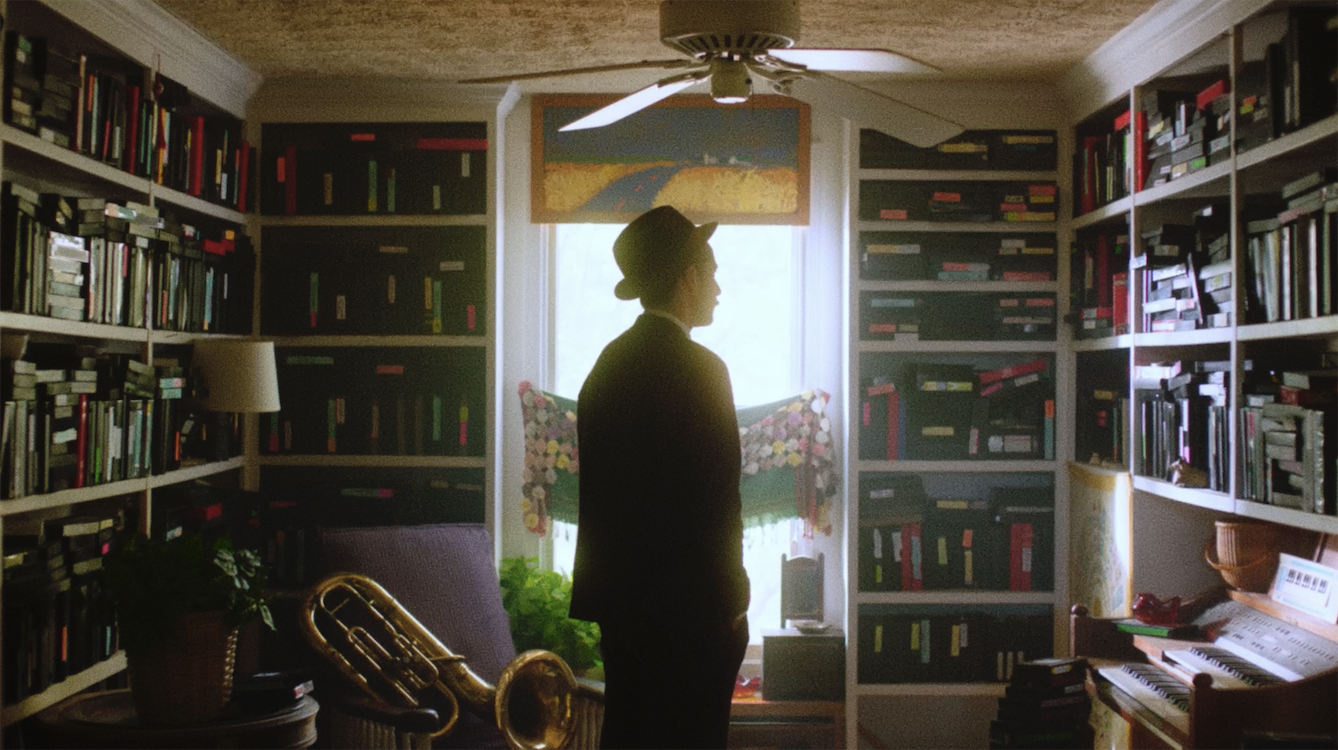The characters are blooming into hybrid beings reminiscent of cyborgs. A deeper invisible connection grows between them and Potolo the Avatar—an Oracle type of character who appears only in dreams, dispensing prophecies through riddles. It is as if a collective unconscious techno-celestial force, like a mycelial network, spread through them. The metamorphosis of Neptune, an intersex runaway also called the Motherboard, from a masculine character into a more feminine-presenting one is visceral and potent. Neptune is not bound by binaries. I’m reminded of another ghostly film transformation: of Josie (Tessa Thompson) into a plant inside the Shimmer in Annihilation (2018), based on the novel by Jeff Vandermeer, which also challenges the singularity of humanity. As an entity, the enclave in Neptune Frost is less actively threatening, and it facilitates the community’s awakening and fight for liberation.
Memory, another member of the enclave, focuses on raising consciousness about their plight as exploited workers. The birds and landscape witness their suffering, underscoring a globalized capitalist world where consumers are often ignorant of the ramifications of their technological devices. Neptune Frost packages these themes in fantasy, but the exploitation of miners is an atrocious reality.
Through a crescendo of conversations, the people realize that not only are the miners ignored, but they are also actively murdered. Dialogue, sung and spoken in Kinyarwanda, Swahili, French, and English, is interspersed, and several songs of the miners are about working conditions and ignorance; Matalusa even directly calls out “Mr. Google.” Near the final scene, Matalusa sings, “iPhone on. Mountains gone. Cars on…. Freedom gone…” in short rhythmic sentences, rough yet forceful. An overall ethereal, electronic, and energetic quality overlays the melodies and sounds of the film, designed and composed with specificity.
In the final scene, momentarily, it seems like everything is lost. But Neptune, breaking the fourth wall, hauntingly addresses the movie’s audience in English. Her message is clear: neither border walls nor firewalls can stop the spread of the resistance, and the flame of their revolution won’t be extinguished.











